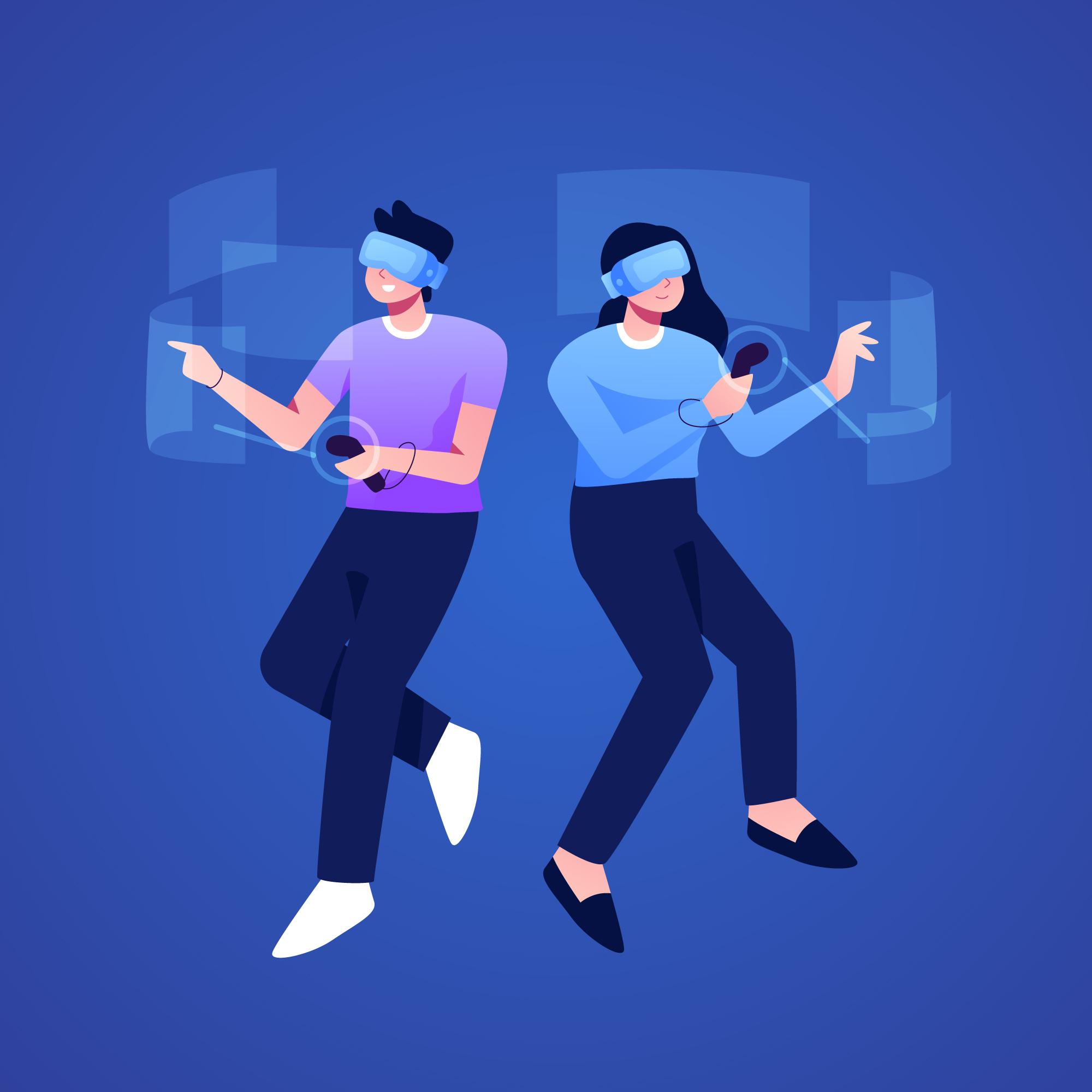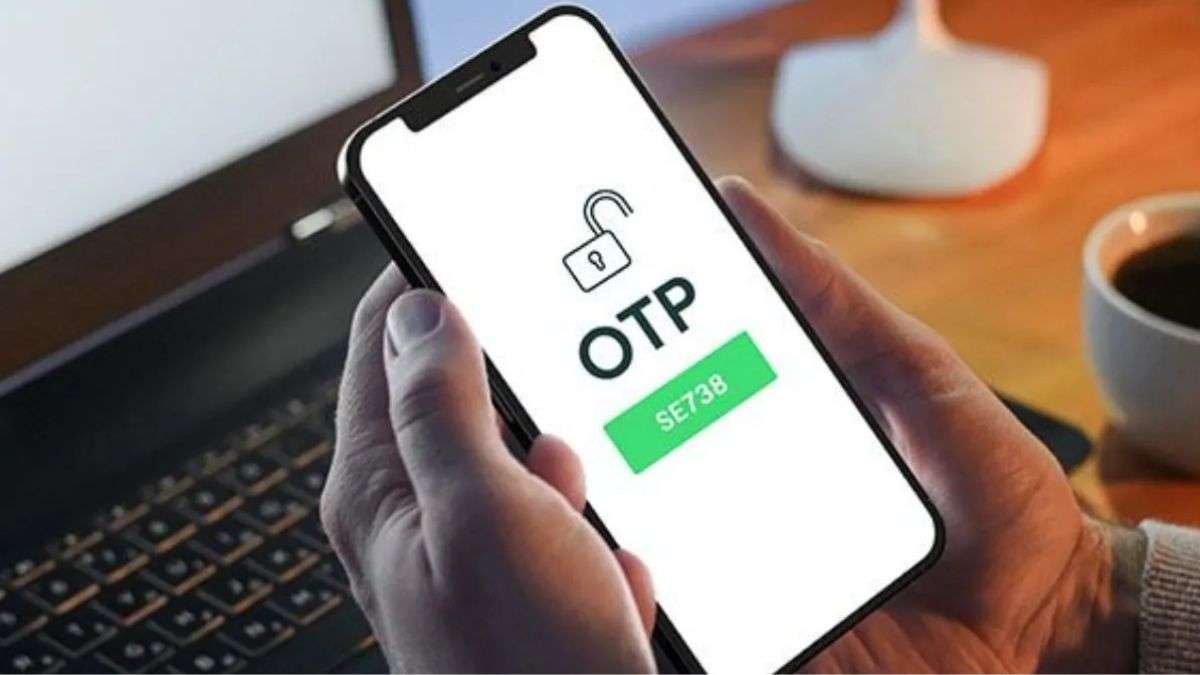Educational technologies constantly change and incorporate new tech to improve the learning process. One such transformation came with the rise of Augmented Reality (AR) and Virtual Reality (VR). These immersive technologies make learning experiences more interactive, engaging, and effective.
As an education technology software development company, we’ll explain what AR/VR is and how it benefits online education.
What is AR and VR?
Traditional education methods mainly rely on textbooks and static images, which can sometimes feel disconnected from the real world. AR and VR can change that by making abstract concepts more tangible.
- Augmented reality allows students to interact with 3D models of complex objects. Instead of relying on students’ imagination, AR can create a visualisation of atoms, historical objects, or shapes in real-time, ensuring students understand the subject;
- Virtual reality opens up entirely new environments for students. For example, instead of just reading about historical events, students can “travel” to them and see with their own eyes.
These immersive experiences help create a deeper understanding of learning material and cater to different learning styles.
Benefits of augmented realities for EdTech
Improved Engagement and Retention
It’s no secret that students often struggle to maintain focus during lessons. AR/VR environments provide a more interactive, engaging experience than traditional methods. When students actively participate, they’re more likely to retain the information they encounter.
Practical Applications for Remote Learning
Over the last few years, remote learning has become more prevalent. While it has clear benefits, creating immersive and engaging experiences without students in the classroom is harder for teachers.
AR and VR solve this problem.
With VR classrooms, students can interact with their peers and teachers virtually, participating in activities as if they were physically present. At the same time, AR allows remote students to engage with real-world objects and scenarios as though they were in the classroom.
Real-World Skill Development
Most students need hands-on experience. However, providing practical training can be costly or even dangerous. AR and VR help mitigate these challenges by allowing students to practice skills in a controlled, virtual environment.
Breaking Down Barriers to Access
Access to education has always been a challenge in some regions, especially without physical infrastructure. AR and VR provide new opportunities for students in remote or underserved areas. With the right hardware, learners can access quality educational experiences that were previously out of reach.
For example, through VR, students in rural areas can visit museums, explore science labs, or attend virtual lectures. These experiences usually require significant travel or financial resources. AR, on the other hand, can transform the classroom learning experience by offering virtual lessons or additional resources at the student’s fingertips.
Conclusion
AR and VR technologies are no longer just fancy gadgets without proper applications in the real world. They’re becoming essential tools in modern education, making learning more interactive, engaging, and accessible. AR and VR help students better understand complex subjects while building practical skills.
EdTech continues to evolve, and both AR and VR will remain part of it for the foreseeable future. The clear benefits of augmented realities for both teachers and students offer significant potential to enhance the learning experience.











